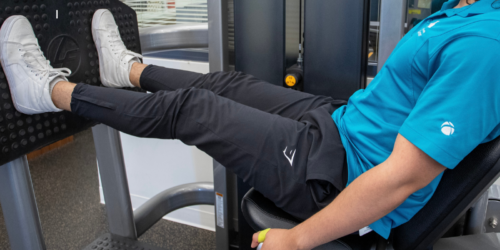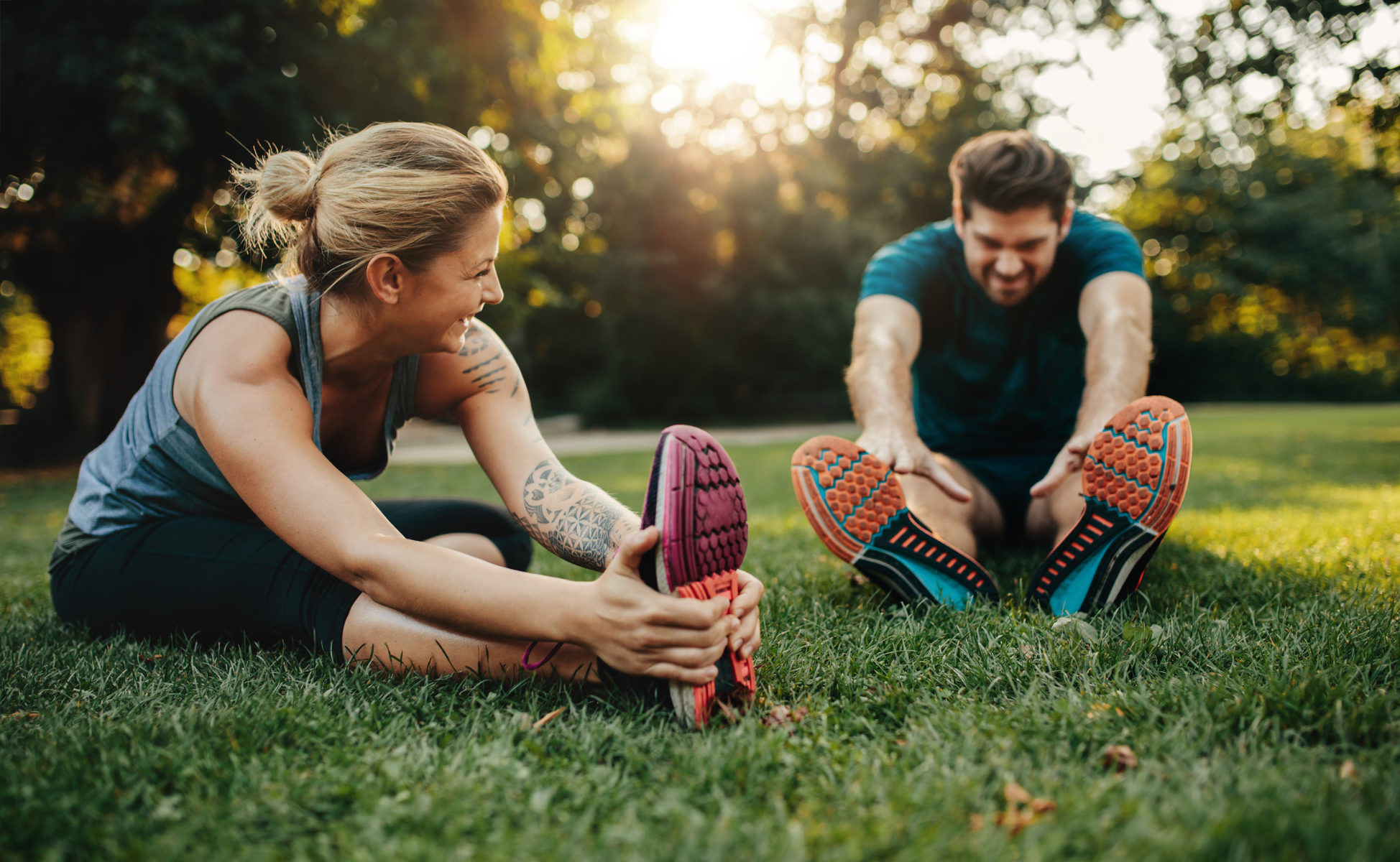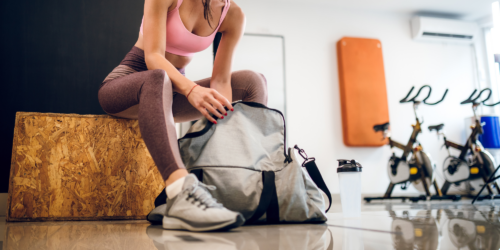Stretching can help you up warmup just before a work out or prepare us later down the line. Stretching has several benefits, some of them are:
- Relieves muscle tension
- Relieves stress on tendons
- Helps prepare muscle tissue for exercise
- May reduce joint pain
- May reduce the risk of injury
Depending on the type of stretching you do, you can gain access to the above listed benefits. Generally there are three types of stretching: ballistic, dynamic, and static. They all serve a purpose and can aid a warmup. In honor of Physical and Mental Fitness Month at the Center for Health & Wellbeing, we’re diving into types of stretching you can do at home or at your local gym to keep you on your best health yet.
Types of stretching
Ballistic stretching is the very rapid lengthening and shortening of a muscle. This style of stretching uses the momentum of your body to force the muscle beyond its normal range of warmup. In my opinion, regardless if it’s being used as a warmup or not, ballistic stretching should never be done. This type of stretching puts a lot of stress on the muscle very quickly and is dangerous because it can lead to tears. Reaching down and touching your toes and standing up repeatedly, very quickly, would be a ballistic stretch.
Dynamic stretching are controlled movements that allow the muscles to warmup by releasing and contracting them. It can be thought of as active stretching. It is traditionally done in a slow to moderate pace. This type of stretching is best used as a warmup just before a workout. They prepare the body by mimicking similar movements that will be done during your workout and safely heat up the muscle tissue to prepare for loading. Walking and jogging can be dynamic stretching as well as neck and shoulder rolls.
Static stretching is lengthening a muscle to its end range of motion and holding that position. This is the type of stretching many people think of when stretching is mentioned. I personally wouldn’t use static stretching as a warmup for the most part as it will reduce the output of the muscle. Static stretching is most useful after a workout or at home when no exercise is being done at the moment. This will help the tissue from being too tight and help you achieve your ideal range of motion. A simple standing quadriceps (front of thigh) or hamstring (back of thigh) stretch are classic examples of static stretching.
How do I warmup before a workout?
Before you work out you must warmup the muscle tissues and begin working your joints through their range of motion. A good way to do this is by:
1. Starting with a light or brisk walk.
2. Doing dynamic stretching.
3. Working on balance which can be done by practicing single leg standing.
4. Completing body weight movements like squats and jumping jacks.
These four done in order can certainly prepare you for your workout. This warmup should last between 10 to 15 minutes and include nearly all body parts.
Guided options
The Crosby Wellness Center offers several options to guide you when it comes to stretching. Group stretch and yoga classes are offered with varying difficulties. Slow deep stretch, Gentle Yoga, and Chair Yoga are beginner classes for those who are just starting or who prefer staying on the lighter side of stretching. Pilates, Piyo, and Intermediate Tai Chi, can be for those who are looking for challenge or are more experienced.
Crosby also offers safe and socially distanced personal training. Stretching techniques and warmup routines can be customized and specifically tailored to you with a personal trainer. Each of our trainers have degrees and certifications and are knowledgeable on the capacities of muscles and joints and how to properly stretch. To learn more about personal training you can speak with a membership associate on the first floor desk or a personal trainer on the second floor desk.






